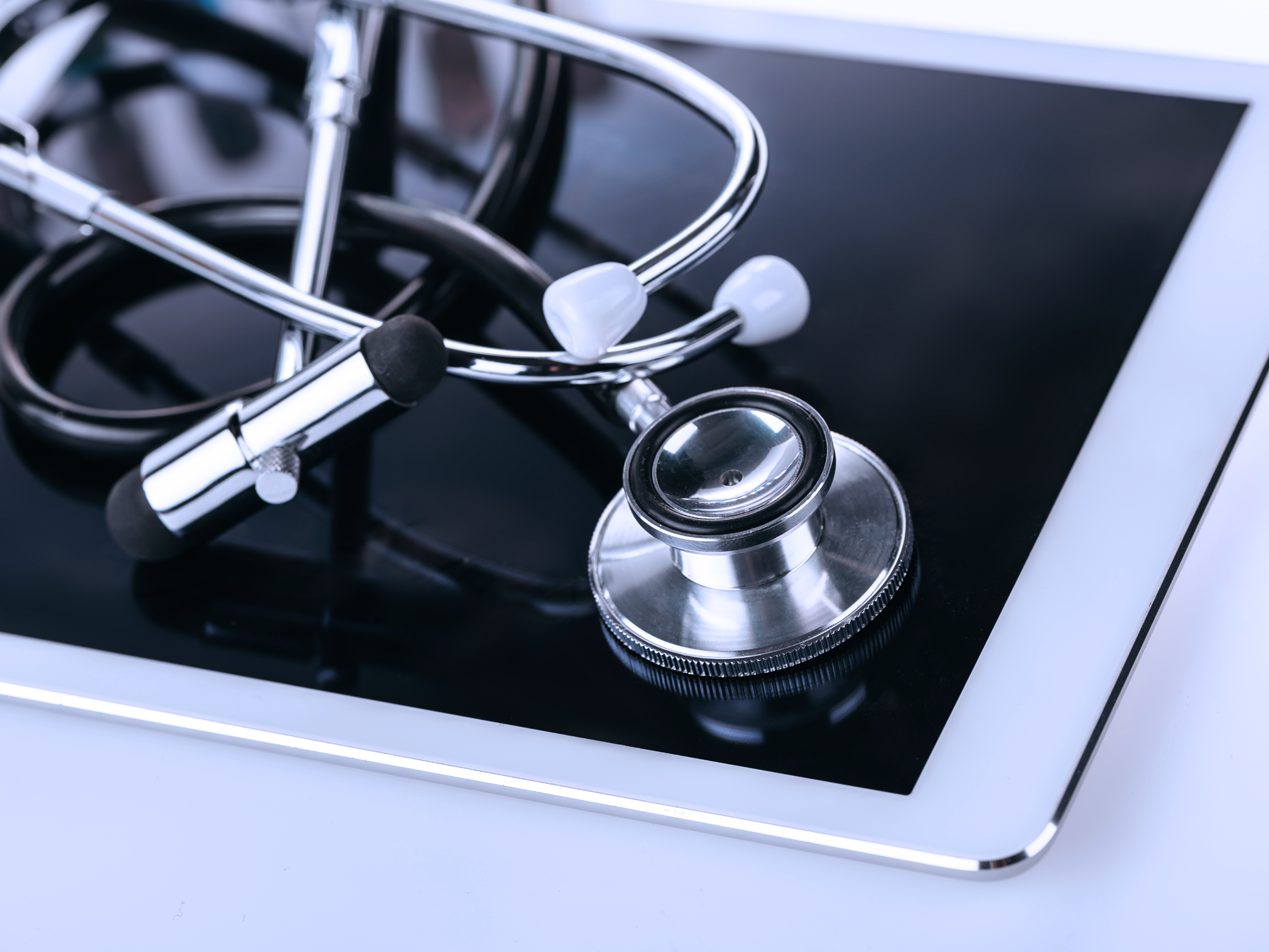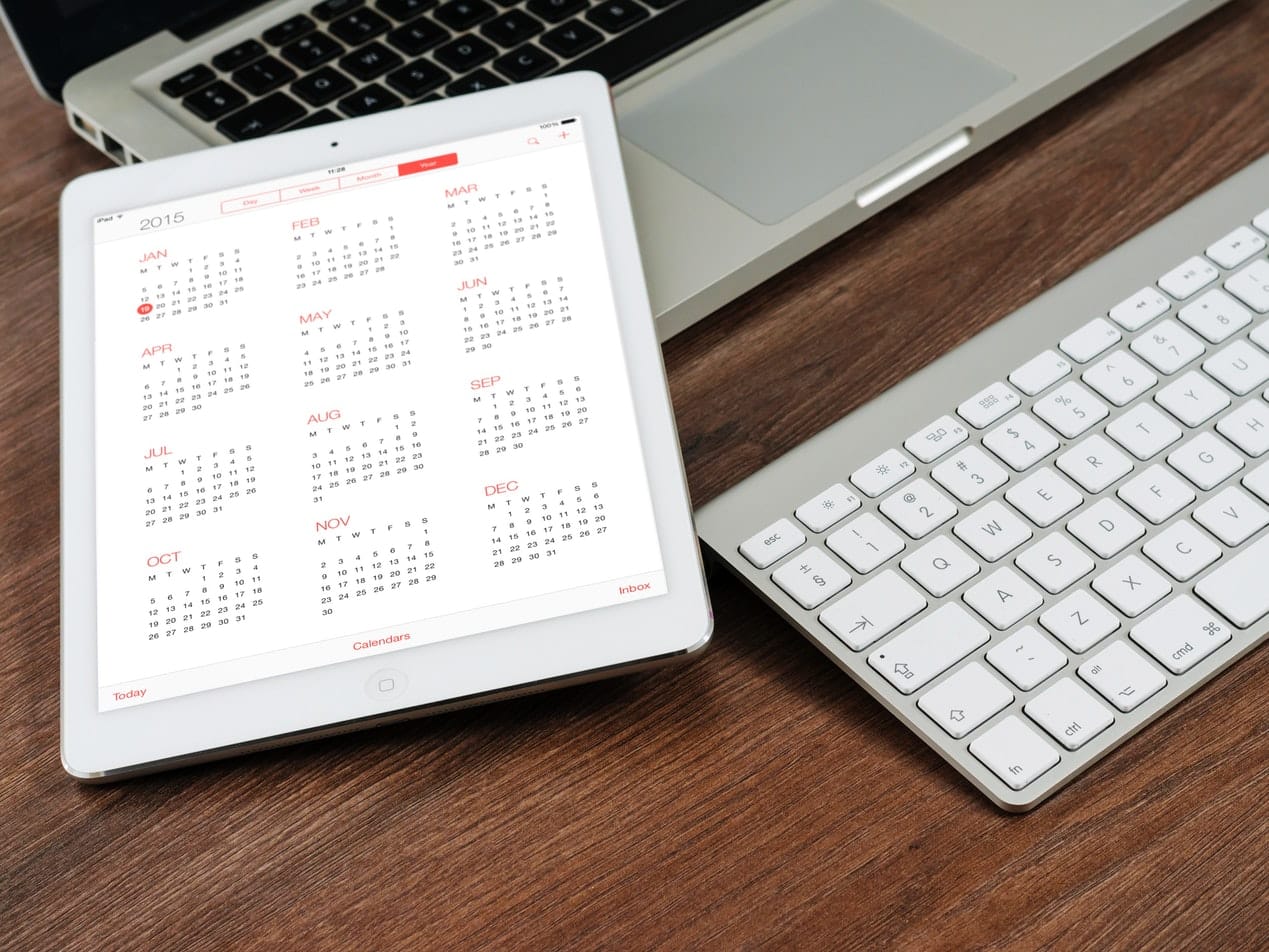
Patient engagement is even more critical in 2023
By engaging patients more effectively, you can improve their satisfaction, loyalty and outcomes. But the increase in digital tools and the proliferation of health information online can actually create distance between patients and providers.
From the increasing importance of online communication to the role of patient portals, we'll cover the tools and techniques that healthcare organizations can use to engage with their patients and improve their healthcare experience.
Let's explore the key trends and best practices for successful patient engagement in 2023.
See more: Top 7 healthcare marketing trends for 2023
Remote patient monitoring
Remote patient monitoring (RPM) is a trend that’ll see significant growth in 2023. RPM involves using technology to remotely collect and transmit patient data, such as vital signs, to healthcare providers. This means you can monitor your patients without seeing them in person.
There are several benefits to RPM for both patients and healthcare organizations. For patients, RPM can provide greater convenience, as patients can monitor their health from the comfort of their homes. It can also improve patient outcomes, as healthcare providers can identify and address potential issues more quickly.
For healthcare organizations, RPM can reduce costs by reducing the need for in-person visits and improve patient satisfaction by providing more personalized care. It can also improve the efficiency of care delivery, as healthcare providers can monitor multiple patients at once and respond to any issues in real time.
It's expected that RPM will continue to see widespread adoption in the coming years as technology improves and healthcare organizations look for ways to improve care delivery and reduce costs.
See more: HIPAA privacy and security guidelines as they relate to telehealth
Automating multi-channel appointment reminders
Remembering appointments can be challenging for patients, particularly if they juggle multiple medical appointments or have busy schedules. This is where automating multi-channel appointment reminders can be a game-changer for healthcare organizations.
Multi-channel appointment reminders involve using various channels, such as email, text messages and phone calls, to remind patients about their appointments. By automating this process, healthcare organizations can slash no-shows, which cost healthcare providers roughly $150 billion, and improve patient retention.
It can be more convenient and less stressful to receive reminders through a patient's preferred communication channel automatically. For healthcare organizations, it can improve efficiency and reduce the workload of staff members who would otherwise have to send reminders manually.
See more: How to make HIPAA compliant email stress-free for doctors
Self-service patient portals
A patient portal is an online platform that lets patients access their medical records, schedule appointments and communicate with their healthcare providers. Self-service patient portals offer numerous benefits for both patients and healthcare organizations.
However, because portals require additional logins and passwords, the adoption rate is often low. If you want to engage more effectively with your patients, it's best to communicate with them via channels they're already using.
Related: Are patient portals ruining your healthcare business?
The rise of healthcare consumerism
Healthcare consumerism refers to the shift towards patients taking a more active role in their own healthcare decisions, including choosing their healthcare providers and treatments.
This trend has been driven by several factors, including the increasing availability of online healthcare information, the rising cost of healthcare and the increasing emphasis on patient experience. Patients are now more empowered to make informed decisions about their healthcare and are looking for healthcare organizations that meet their needs and preferences.
When it comes to engaging healthcare consumers, healthcare organizations should focus on providing transparent, personalized care and making it easy for patients to access information and services. This includes having a strong online presence, offering convenient appointment scheduling and payment options, and using customer relationship management (CRM) tools to track and analyze patient data.
Healthcare consumerism also requires organizations to be transparent and upfront about their services and pricing. Patients are increasingly looking for value and are more likely to choose healthcare providers that offer clear and fair pricing.
Healthcare organizations can effectively market to healthcare consumers in 2023 and beyond by focusing on patient-driven care and transparent, personalized service.
See more: What does HHS consider healthcare marketing?
Security awareness and Paubox
Security awareness is a crucial aspect of patient engagement in the digital age. The increasing amount of personal and medical information shared online makes it essential for healthcare organizations to prioritize the security and privacy of their patients. This includes implementing strong security measures and regularly training staff on best practices for protecting patient data.
One aspect of security awareness that’s particularly relevant is email security. Email is a commonly used communication tool in healthcare, but it can also be vulnerable if not properly protected. Hackers can use tactics such as phishing scams to gain access to sensitive information, and healthcare organizations need to have measures in place to prevent these types of attacks.
Paubox is a tool that can help healthcare organizations enhance patient engagement by enabling secure communication. It allows patients to securely receive and send sensitive information via email, such as test results and appointment reminders. This helps improve the patient experience and protects the privacy of personal and medical information.
Paubox also integrates with electronic health record (EHR) systems, allowing seamless communication between healthcare providers and patients.
Besides using a secure email platform, healthcare organizations must educate their employees on best practices for email security. This can include training on identifying phishing scams, creating strong passwords and not sharing sensitive information over email.
Overall, security awareness is crucial for healthcare organizations looking to protect sensitive patient information and prevent data breaches.
By using a secure email platform like Paubox and educating employees on best practices, healthcare organizations can ensure the security of their email communications.
See more: HIPAA compliant email: The definitive guide
Subscribe to Paubox Weekly
Every Friday we'll bring you the most important news from Paubox. Our aim is to make you smarter, faster.




